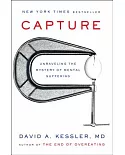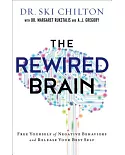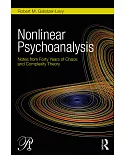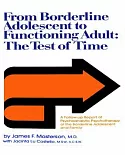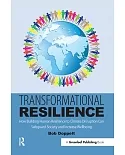"How is it possible to put so much in such a small book? Homeyer and Sweeney have written a definitive primer for beginning sandtray therapists. This manual is a practical, comprehensive,
concise, and easy to understand approach to the essentials of sandtray therapy that could best be described as a sandtray therapy road map."---Garry Landreth, EdD, LPC, RPT-S, Regents
Professor, Founder, Center for Play Therapy, University of North Texas; Director Emeritus, Assocation for Play Therapy
"I encourage the reader to purchase and review this lovely and useful text. I love it for its accessible language, responsible reviews of the literature, creativity, and obvious passion for the
work. Thank you Linda and Daniel for this great contribution to our knowledge and clear directives for application!"---From the foreword by Elieana Gil, PhD, Director of Clinical Services, Gil
Center for Healing & Fairfax, Virginia
"Homeyer and Sweeney understand the healing power of sandtray therapy and masterfully conveny their vast knowledge and experience in a clearly written and practical guide. Their manual is an
essential resource for beginning and seasoned practitioners, and is a must for teaching sandtray---it belongs on the shelf of all mental health professionals!"---Sue Bratton, PhD, LPC, RPT-S,
Professor, Department of Counseling, Development, and Higher Education, University of North Texas; Director, Center for Play Therapy
This new edition of Sandtray Therapy is an essential read for professionals and students who wish to incorporate the use of sandtray therapy into their work with clients of all ages. All
aspects of this therapeutic technique are explored engagingly and in detail. The authors describe how to select appropriate types of sand, put together a sandtray, and develop a collection of
miniatures for their clients to use. Their six-step protocol guides beginners through a typical session, including room set-up, creation of the client's sandtray and the therapist's role,
processing the sandtrya, cleanup, and post-session documentation. New chapters discuss group sandtray therapy, working with couples and families, sandtray therapy and psychic trauma,
integrating cognitive and structural techniques, and a review of the relevant research. Numerous photos of sandtrays and miniatures are provided, and case studies illustrate how to carry out an
effective session. Appendices offer sample forms and handouts, as well as a detailed bibliography to help readers make the most of this innovative and creative therapy practice.






